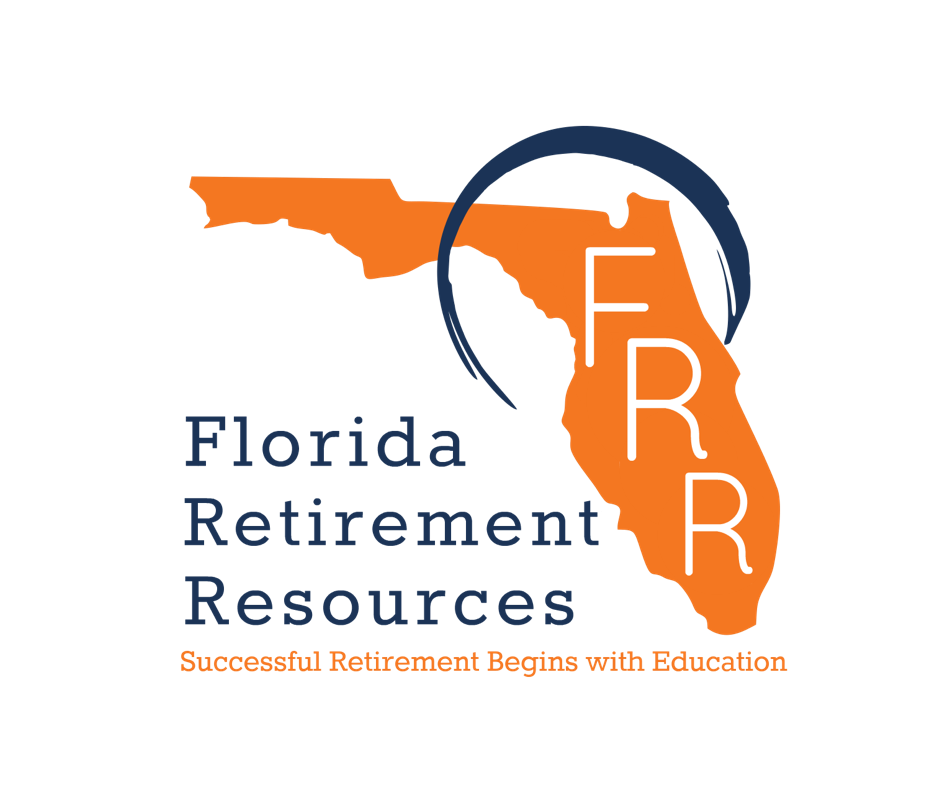When you think about retirement, you probably picture enjoying more free time, traveling, or simply...
The Real Difference Between Leaving FRS and Retiring from FRS
Many Florida Retirement System (FRS) members assume that once they stop working for an FRS-participating employer, they’ve “retired.” In reality, there’s a big difference between leaving FRS employment and officially retiring under FRS rules.
That distinction matters because it determines when you can access your benefits, how the Health Insurance Subsidy (HIS) is paid, when re-employment restrictions begin, and when your retirement is legally recognized by the State of Florida.
Here’s what every FRS member should know before separating from service.
Leaving FRS Employment — What It Means
When you leave FRS employment, you are no longer working for a covered employer, but you haven’t necessarily retired.
Key characteristics of “leaving” FRS:
-
You resign, transfer, or separate from your FRS-covered job.
-
You are not yet receiving benefits from either the Pension or Investment Plan.
-
You may or may not be vested, depending on your years of service.
-
Your FRS membership becomes inactive, but not retired.
Leaving employment without formally retiring means you are still bound by certain waiting-period rules before accessing your pension or Investment Plan account.
Official FRS Retirement — What It Means
To be considered officially retired under the Florida Retirement System, one of the following must happen:
-
You begin receiving monthly payments from the Pension Plan (including if you enter DROP), or
-
You take an eligible distribution from your Investment Plan account after satisfying the FRS termination and waiting-period rules.
In short, you’re not “retired” until benefits actually begin.
Why the Distinction Matters
1. Access to Benefits
-
Pension Plan: You must terminate FRS employment and submit official retirement paperwork before monthly benefits can begin.
-
Investment Plan: You must terminate FRS employment, then wait the required time before taking distributions (see below).
2. Waiting-Period Rules
FRS requires members to complete a break in service before they are eligible to receive distributions or be rehired:
-
If you meet normal retirement requirements, you may take up to 10 % of your Investment Plan balance after one full calendar month and the remainder after three months.
-
If you have not reached normal retirement, you must wait three full calendar months before taking any distribution.
Until a distribution is taken, you are considered separated but not retired.
3. Re-employment Restrictions
-
Once you are officially retired, FRS imposes a 6-month re-employment restriction depending on your plan and how you retired.
-
If you only “left employment” and haven’t taken benefits, these restrictions haven’t started yet — meaning your timeline for returning to FRS work doesn’t begin until you actually retire.
4. Health Insurance Subsidy (HIS)
The HIS benefit only starts after you officially retire.
-
Leaving employment doesn’t trigger HIS eligibility.
-
You must submit proof of eligible health coverage once you’ve retired to begin receiving the monthly subsidy (currently $7.50 per year of service, up to $225).
Steps to Make Your Retirement Official
-
Confirm you’ve met vesting and normal retirement eligibility.
-
Submit your retirement application (Pension Plan or Investment Plan forms).
-
End FRS employment and allow your employer to report your termination date.
-
Wait the required one-month or three-month period, depending on your status.
-
Take your first distribution or receive your first pension payment — at that point, you are officially retired.
Final Thoughts
Leaving FRS and retiring from FRS aren’t the same thing — and the timing difference can affect your access to benefits, eligibility for HIS, and re-employment rules.
By understanding how the system defines “retirement,” you can plan your final months of service with precision and avoid unnecessary delays or lost benefits. Before making the move, verify your eligibility, paperwork, and timeline so your transition from employee to retiree happens on schedule.
This material is provided for educational purposes only and is not intended as investment, tax, or legal advice. The information herein is based on sources believed to be reliable, including the Florida Retirement System, but its accuracy and completeness are not guaranteed. Individuals should consult their financial or tax professional regarding their personal circumstances.




